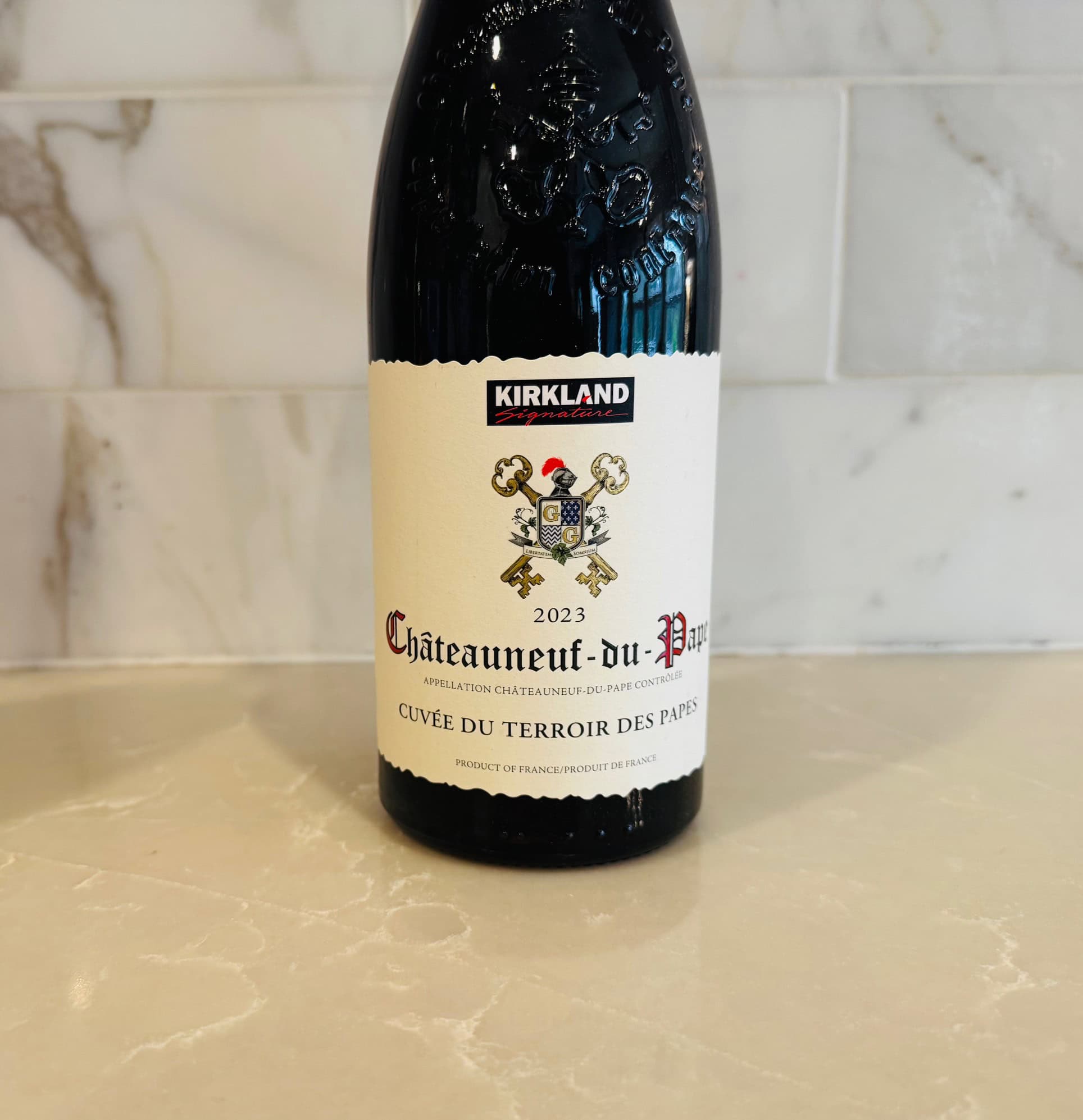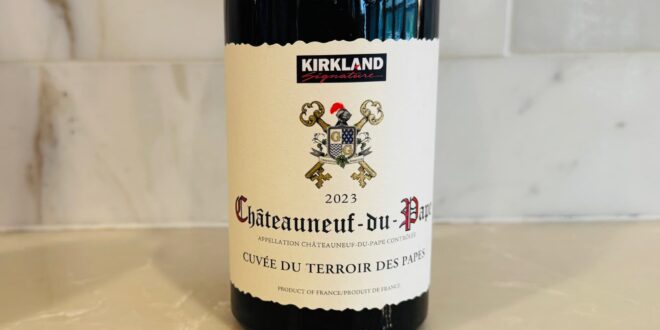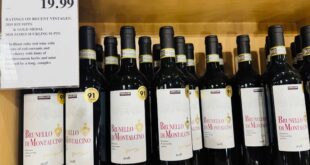[ad_1]  Rumors were out that the newest vintage of the Kirkland Chateauneuf-du-Pape was hitting stores, and we luckily found it on our last trip. As you can see in the photo below, it looks to be selling through pretty fast (and I didn’t see any more boxes below the display case). Good news right off the […]
Rumors were out that the newest vintage of the Kirkland Chateauneuf-du-Pape was hitting stores, and we luckily found it on our last trip. As you can see in the photo below, it looks to be selling through pretty fast (and I didn’t see any more boxes below the display case). Good news right off the […]
[ad_2]
Source : http://costcowineblog.com/2023-kirkland-signature-chateauneuf-du-pape/

